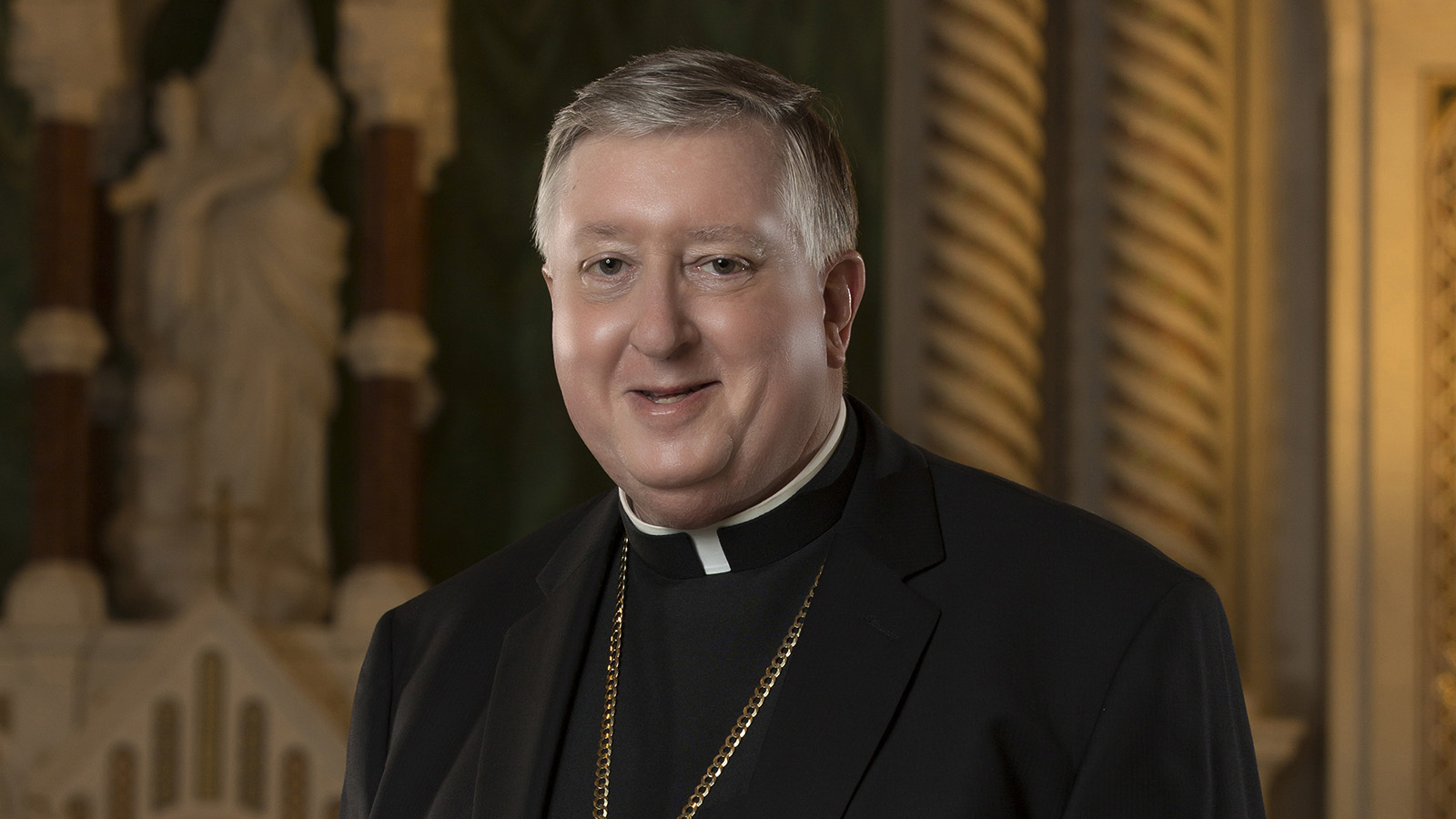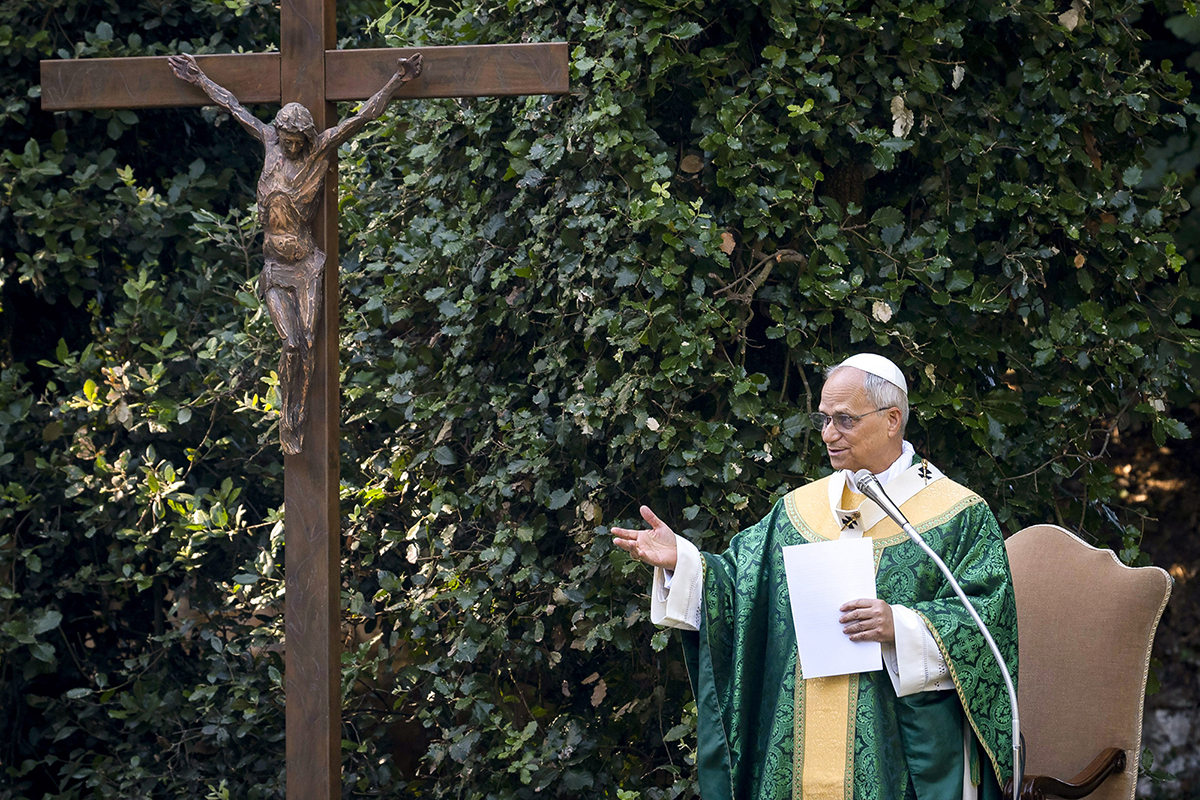DEAR FATHER | Kneeling before statues is sign of respect for God, our saint friends in heaven
Should a Catholic kneel before a statue of Jesus, Mary or a saint?

This question is an extension of an often-asked question: Is creating images of the Trinity, Mary or the saints a form of idolatry? Is it appropriate to kneel before them in prayer? By extension, we can include bowing or even reverencing a statue (kissing a statue).
In the Ten Commandments located in the Book of Deuteronomy, the Lord states to Moses and the people, “I am the LORD your God, who brought you out of the land of Egypt, out of the house of slavery. You shall not have other gods beside me. You shall not make for yourself an idol or a likeness of anything in the heavens above or on the earth below or in the waters beneath the earth; you shall not bow down before them or serve them” (Deuteronomy 5:6-9).
A similar passage to this can be found in Leviticus. In many other places in the Old Testament, the Lord chides Israel for bowing down or kneeling before idols in order to worship them.
The posture of bowing can be used in at least two different ways. Bowing can be used as an expression of greeting, as in places like Japan. Like the handshake, it also signifies friendship and respect. In contrast to this practice, when one bows to God, one offers worship to Him. When a Catholic bows to a statue, he or she is expressing friendship and respect with the person the image depicted and not worshiping it as one might bow toward the Blessed Sacrament.
“For this reason I kneel before the Father” (Ephesians 3:14). Here, St. Paul depicts the only one who we should kneel before in worship: the Father. Yet kneeling is also used as a posture of deep prayer. Many times in Scripture, Jesus kneels in prayer. We imitate this practice by kneeling in prayer as well. When we do so, however, we may kneel with a rosary, with a prayer book or with a Bible. These items we use help us to pray better by focusing our prayer. Similarly, Catholics kneel before images to help focus their minds and hearts on God as they are praying.
Some people have the custom of reverencing, or kissing, a statue. This sign of reverence is ultimately a sign of emotion and reverence that the person is directing toward God. It may also be a sign of friendship when one reverences a statue of a saint.
It is always good that we clarify our practice of having statues and images as not one of idolatry, but one of reminder, respect and affection we have for our God, whom we worship, and for our friends in heaven, the saints.
This column appeared in a previous edition of the Review.
Father Mayo is pastor of St. Raphael Parish in St. Louis.




